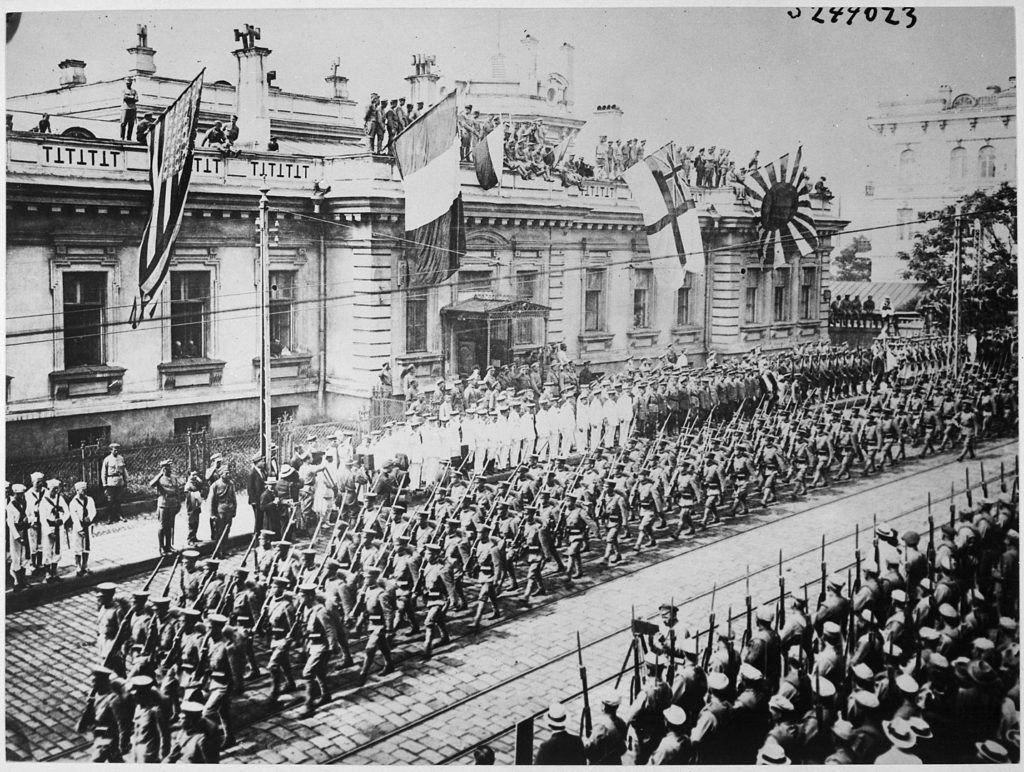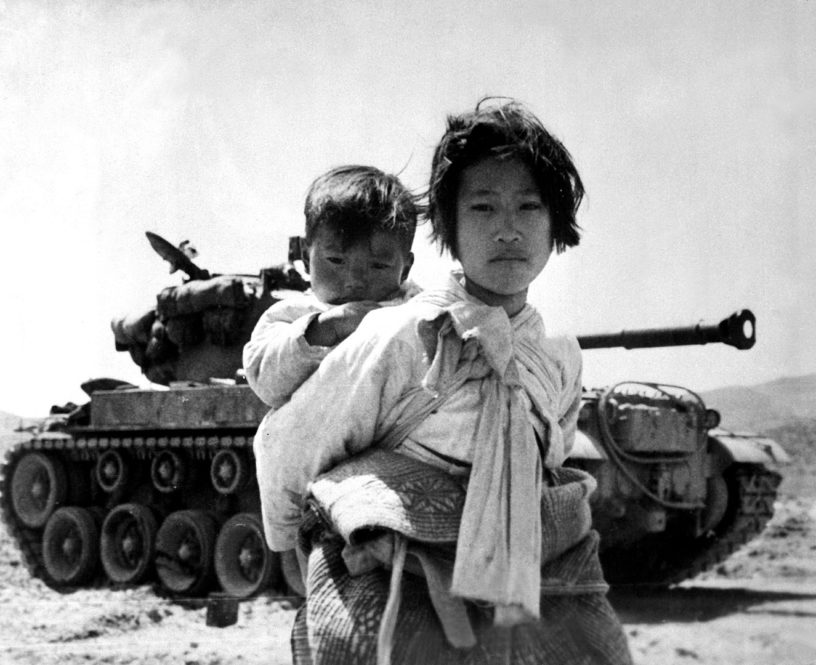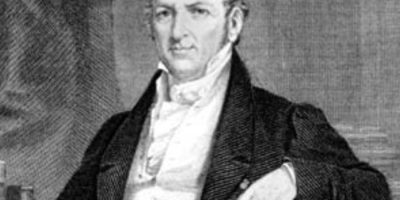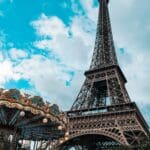
Photo Sourced from Wikimedia
Originally published by Lilian on February 2022. Edited by Charity K on May 2023.
Top 15 Unbelievable Facts about the Cold War
The Cold War was a political rivalry between the United States and the Soviet Union and their respective allies that developed after World War II.
More than 11 million people died during the Cold War. In one of the Cold War proxies, the Vietnam War, 3.5 million people were killed.
Another dangerous event that happened during the Cold War was the Cuban Missile Crisis.
The United States and Russia considered space exploration to be an important arena for the Cold War. This led the United States to form NASA.
Some of the hot spots during the Cold War were Korea, Cuba and Vietnam. The war lasted from 1946 to 1991. This was one of the longest battles of the 20th century.
Despite the alleged façade of peace between the US and Russia, there were events happening behind the scenes to show the dominance of power in the world.
On the flip side, the Cold War is perceived to have helped shape foreign policies, politics and the economy in America.
After the war ended, the Berlin Wall came down, the Soviet Union dissolved and there were free elections in communist regimes across Europe.
Read more to discover some of the 10 unbelievable facts about the Cold War.
Click here to read more on historical events.
1. During the Cold War, the CIA and KGB used a sex tape to blackmail Indonesia’s first president
President Sukarno was a reputable leader who secured economic aid and other support from both the United States and Russia.
However, one of his well-known weaknesses was women. This attracted the attention of the American and Russian Intelligence teams.
During the Cold War, the C.I.A. made a pornographic video with a look like President Sukarno. They did this to try and discredit his reputation by leaking the video.
Furthermore, the Russian KGB staged the operation ‘honey pot’ where they had intelligence officers dressed and acting like flight attendants.
2. The CIA used condoms as Cold War weapons

Photo by Sagar Patil on Unsplash
While several organizations such as the CIA and KGB became one and the same with Cold War espionage.
Several others played crucial roles in the collection and protection of the section relating to the detection of spying, and analysis of a wide host of intelligence disciplines.
In the 50s, the CIA funded an operation to send thousands of weather balloons into Soviet-controlled Europe.
The weather balloons would then rain down millions of anti-Communist pamphlets on random citizens.
They also added packets of condoms labelled large and dropped them in communist nations. The intention was to lower the morale of the communists by implying the capitalists were more well-endowed.
3. The term ‘Cold War’ was popularized by a journalist
The use of this term was popularized in 1945 after the United States used the atomic bomb on Hiroshima and Nagasaki.
Journalist George Orwell used the term in an essay that explored what the atom bomb meant for international relations. In his essay, he said the war created a permanent state of cold war with its neighbours.
The term was picked by another journalist, Walter Lippmann who explored its meaning as the world quickly picked sides in an ideological fight between capitalism and communism.
4. The Cold War lasted for 40 years
The Cold War lasted 40 years, during which the United States and the Soviet Union tried to control as many countries as possible. It was a battle of supremacy.
Although the Cold War ended leading to the dissolution of the Soviet Bloc and its fall in 1991, it still affects today’s geopolitics.
Historians believe that the United States won the Cold War largely because it had financial power.
The U.S. retained wide-reaching alliances, high weapons investments, and international military outposts.
5. The US Army used $8 trillion during the Cold War

Photo Sourced from Wikimedia
The cumulative amount spent by the US military throughout the entire Cold War amounted to an estimated $8 trillion.
Further, approximately 100,000 Americans lost their lives in the Korean and Vietnam Wars, which were considered to be proxies of the Cold War.
It has been difficult to estimate the Soviet casualties and financial burden incurred during the war. Historians and analysts believe that it is more than the United States.
To get back what was spent during the war, nations increased national debt and taxes.
6. The Soviet Union had the largest army during the Cold War

Photo by Underwood & Underwood – Wikimedia
The Soviet Armed Forces were the largest in the world in terms of the numbers and types of weapons they possessed.
They had a large number of troops in their ranks and in the sheer size of their military-industrial base.
By the 1980s, the USSR had built up a military arsenal and army surpassing that of the United States.
Just after the Soviet invasion of Afghanistan, President Carter began to build the United States military. This was further accelerated by the Reagan administration.
They increased the military spending from 5.3% of GNP in 1981 to 6.5% in 1986. It is termed as the largest peacetime defence build-up in United States history.
Click here to read more on historical events.
7. A teenager landed a plane on a bridge during the Cold War
Mathias Rust was a German pilot famously known for landing his plane near Red Square in Moscow on 28 May 1987.
Rust, 18 years old, flew from Helsinki, Finland, to Moscow. After he was arrested, Rust said that was his attempt to put an end to the war. The plane was an imaginary bridge between the West and East.
He managed to fly over airspace that was regarded as highly impenetrable due to the air defence system of the Soviet military.
After his arrest, he was sentenced to 4 years in a general-regime labour camp for violation of border crossing and air traffic regulations, and for provoking an emergency situation upon his landing.
About 14 months later, he was pardoned and released.
8. The CIA used the shoe Lace Code during the Cold War

Photo by Joshua Rodriguez on Unsplash
The US developed their own ways of attaining information by using low-tech means. The CIA developed a complex code with different ways for their spies and informants to send messages based on how their shoes were tied.
The theory was that an agent could quickly and easily un-lace their shoe up to a particular point, lace in a visible crossover then continue lacing the rest of the shoe with the normal lacing.
Read more on historical events that took place in other countries here.
9. The term In God We Trust was first used during the Cold War
In God, We Trust was placed on all U.S. bills during the Cold War as a way to express the United States anti-communist beliefs in 1864.
Further, the term Under God was also added to the Pledge of Allegiance in 1954 to impose the idea that the Soviets were atheists.
To keep up with their anti-atheist campaigns, the US dropped tens of thousands of Bibles into Romania in the 1970s.
10. Third World country had a different meaning during the Cold War

Photo by St.Krekeler – Wikimedia
The term Third World country had an entirely different meaning during the Cold War. It was used to refer to countries that were neutral during the war.
The first world referred to the US, Europe, and its allies, while the second world referred to the USSR and its allies.
Some of the Third World countries during the war were Austria, Finland, Ireland, Sweden and Switzerland.
Today, the term is used to refer to the countries of the global south that are least developed.
11. The Quintessential Symbol of The Cold War
During the cold war, the Berlin Wall prevented the Western powers from further influencing the East.
It also stopped the flow of migrants out of the communist sector and ultimately became an iconic image of the Cold War in Europe.
Throughout the entirety of the war, the United States condemned the wall which divided families and limited freedom of movement.
12. The Fall of The Soviet Union Led to The War To End
On December 25 1991, President Mikhail Gorbachev resigned and turned over his presidential powers including control of the nuclear launch codes.
On the same day, the Soviet flag was lowered from the Kremlin and replaced with the Russian tricolour flag.
The Supreme Soviet of the USSR’s upper chamber and the Soviet of the Republics formally dissolved the Union.
The events of dissolution lead to the major conclusion of the Revolutions of 1989 and the end of the Cold War
13. The Most Dangerous Period of The Cold War

U.S. Army photoPhoto Credit: USAMHI, Public domain, via Wikimedia Commons
The Cuban Missile Crisis was caused by an American U-2 spy plane secretly photographed nuclear sites being built by the Soviet Union on the island of Cuba.
It was a direct and dangerous confrontation between the United States and the Soviet Union during the Cold War.
At the height of the Cold War, the Soviet Union began to secretly deploy nuclear strike force in Cuba which was 90 miles from the United States.
The crisis ended when Nikita Khrushchev agreed to remove missiles from Cuba if the United States promised not to invade Cuba and remove missiles from Turkey.
14. The Nuclear Weapon On The Moon Plan
Project A119 also known as A Study of Lunar Research Flights was a top-secret plan that was developed in 1958 by the United States Air Force.
The main aim of the plan was to detonate a nuclear bomb on the Moon. They believed that this would help in answering some of the mysteries in planetary astronomy and astrogeology.
The real reason behind the plan was the United States wanted to show its capabilities.
This was because the Soviet Union had taken an early lead in the Space Race and was also working on a similar project.
15. The Agreement To Pause The War
During the 1985 Geneva Summit, President Reagan and Gorbachev took a break from negotiations to take a walk.
They agreed to pause the Cold War if there was ever an alien invasion. This agreement was informal and was noted as a casual talk among presidents.
All other details of what they talked about were kept secret from both the Russian and American public.
Read more on historical events that took place over the years here.
Planning a trip to Paris ? Get ready !
These are Amazon’s best-selling travel products that you may need for coming to Paris.
Bookstore
- The best travel book : Rick Steves – Paris 2023 – Learn more here
- Fodor’s Paris 2024 – Learn more here
Travel Gear
- Venture Pal Lightweight Backpack – Learn more here
- Samsonite Winfield 2 28″ Luggage – Learn more here
- Swig Savvy’s Stainless Steel Insulated Water Bottle – Learn more here
Check Amazon’s best-seller list for the most popular travel accessories. We sometimes read this list just to find out what new travel products people are buying.











